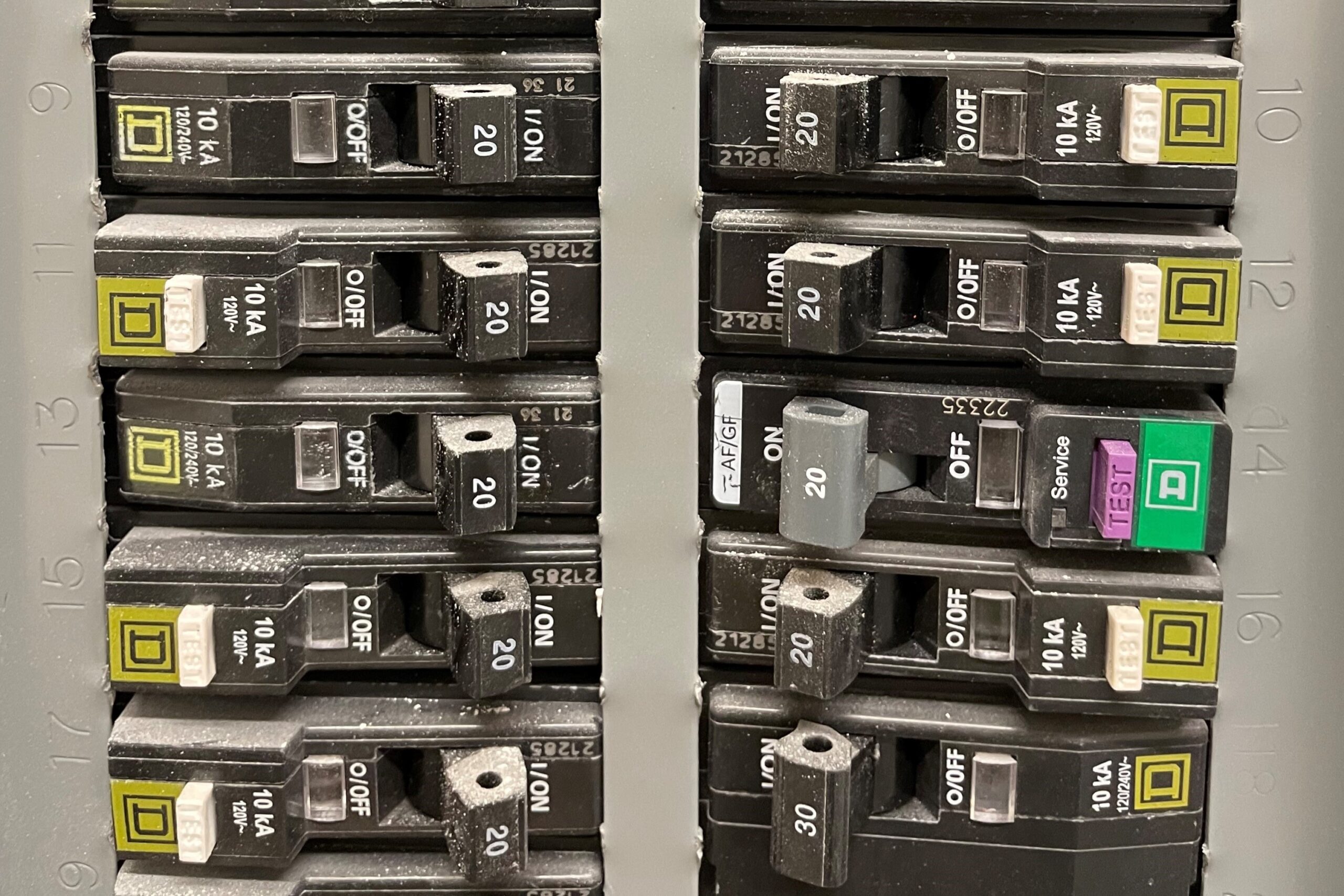By Mark D. Layfield, PE, LEED AP

According to the National Fire Protection Association (NFPA), the average estimated number of home fires that involved electrical failure or malfunction each year between 2015 and 2019 was 46,700. Electrical arcing, the flow of electric current through the air (typically as a result of unintentional electrical discharge), acted as the source of heat in 63% of these fires. Since arcing temperatures can reach 5000 degrees Fahrenheit, an arc can easily ignite materials like wiring, building materials, furnishings, etc.
In a home or building, some of the items that can produce an electrical arc fault include:
- loose or improper electrical connections
- exposed, failed, damaged or frayed wiring, appliance, or extension cords
- compromised plugs or cords due to furniture placement
- outlets that become overloaded
- equipment or appliance failures
- accidental contact with energized conductors or equipment
The National Electrical Code (NEC), published by the NFPA, is a building code intended to “safeguard persons and property from hazards arising from the use of electricity”. The NEC recognizes the dangers inherent in electrical arcs and first required the use of arc-fault circuit interrupters (AFCI) in 2002. An AFCI device uses current sensing electronics to identify an unwanted arcing condition and de-energizes the circuit, thus eliminating the arc and reducing the potential for fire. There are (6) different means that the Code allows for AFCI protection, but utilizing a combination-type AFCI-type circuit breaker at the origin of the branch circuit is most common and provides protection of the entire circuit without additional requirements that are necessary with other means of protection.
While initially limited to bedroom locations in the 2002 NEC, the requirements of AFCI protection in Article 210.12 have evolved to now require protection of most all 120-volt, single-phase, 10, 15 and 20-ampere branch circuits throughout a dwelling unit. Additionally, the newest edition of the NEC (2023) also requires AFCI protection at select locations in dormitory units, guest rooms and suites in hotels and motels, patient sleeping rooms in nursing homes and limited care facilities, as well as sleeping quarters in fire stations, police stations, and similar type facilities. It also requires that if existing branch circuit wiring is modified, replaced, or extended, for any of the areas listed above (such as additions, remodels, or renovation work), the circuit must have AFCI protection.
Mark is a Licensed Professional Engineer, a LEED Accredited Professional, and Partner-in-Charge of Reese Hackman’s Denver area office.
